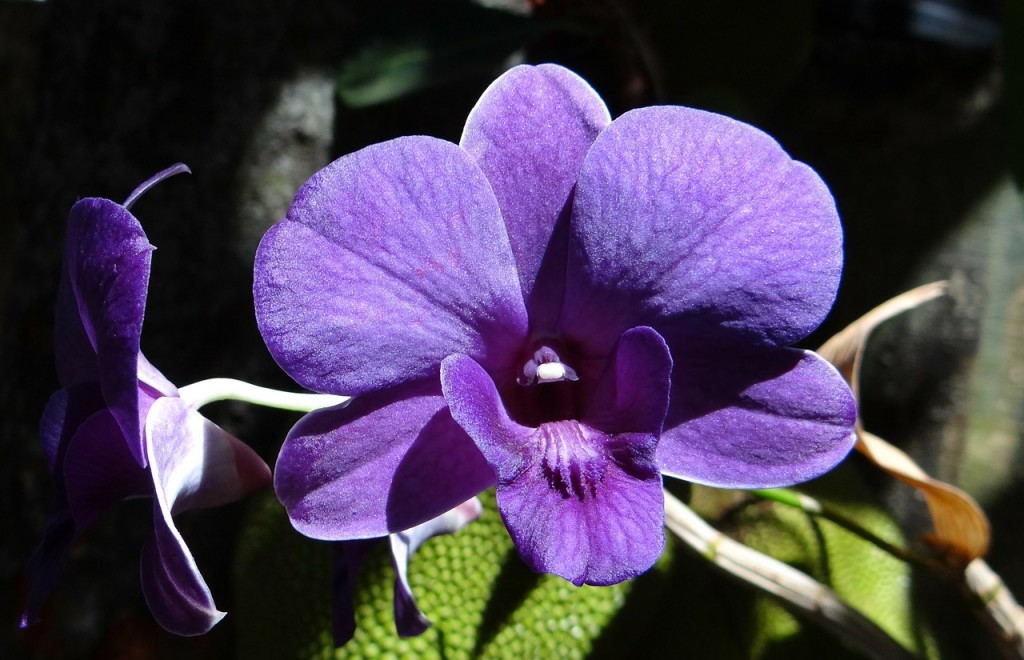
Every so often, a flower or plant may emerge as a new star of the horticultural scene. It might have remained under the radar for some time, but once it gains the public’s attention, its beauty and wonder captures the imagination and every gardener wants to know about it.
This has certainly been true of one purple bloom in the UK since the summer’s Chelsea Flower Show. Crowds flocking to the annual event in London saw the Allium Purple Sensation on display.
Listed by the Guardian newspaper as its latest plant of the week, it is a plant that flowers in May and June, so people may want to plant now in readiness for late spring 2013.
The Guardian said of the flower: “This May/June-flowering bulb with compact lollipops of pure purple has become popular, and rightly so: it is easy to grow and adds class to any border or pot.”
It advised gardeners to plant it alongside plants of striking but different colours, such as lime green euphorbias, with underplanted gold leafed marjoram or even the “bold” option of a contrasting orange wallflower.
Those growing such plants in their greenhouses may spend the next few months considering which to put alongside the Purple Sensation once they have ordered in and planted the bulbs. The paper advises that alliums are planted as soon as they arrived at a depth of between five and ten centimetres.
One drawback listed is that beauty attracts not just humans enraptured by the beauty of the blooms, but also hungry bugs. White rot and onion fly are among the predators in the UK and in the US there will also be plenty of things that take a liking to it.
Purple Sensations grow to a substantial height of 90 cm and after blooming in the late spring, they will of course fade through summer but provide a grand and golden sight in autumn with a bit of frost.
Britain’s Royal Horticultural Society (RHS) notes the allium can also come in blue, white and yellow shades and are also known as ornamental onions – although they look nothing like them.
The RHS advises the best part of the garden for these flowers is somewhere will a bit of shelter but plenty of sunshine and good drainage.
For those storing them in their glasshouses, alliums should be stored in deep pots. With the leaves fading fast in the autumn, they should be placed behind the foliage of their neighbouring plants. At this time of year they should be re-potted.


